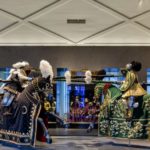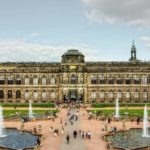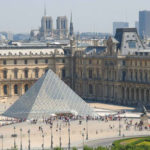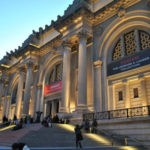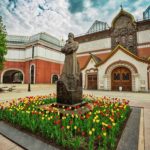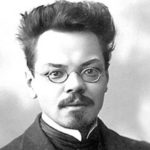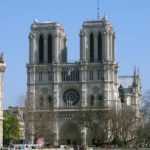Museum Green Vaults
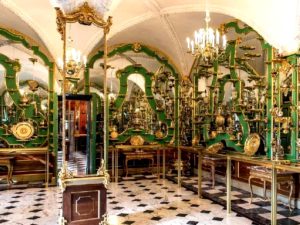 For any admirer of excursion programs, Dresden is a real find.Here are concentrated numerous cultural institutions, which every art critic dreams of visiting. One of these places is the Dresden Museum Grünes Gewölbe, which translated from German means Green vaults.
For any admirer of excursion programs, Dresden is a real find.Here are concentrated numerous cultural institutions, which every art critic dreams of visiting. One of these places is the Dresden Museum Grünes Gewölbe, which translated from German means Green vaults.
The popularity of the museum was due to the collections of jewels and treasures. It was here that the famous princely treasury of the Wettin was once located, which covered the whole period from the Renaissance to Classicism.
The name – green vaults – the treasury received in those days when the columns in the building were painted in bright malachite color. Now they are already closed mirrors. The Green Vault Museum belongs to the Dresden State Art Collections.
Today, the Museum of Green Vaults is represented by two permanent halls – historical green vaults and new green vaults, which are located in the western wing of the palace-residence, where the museum itself is located.
Some rooms of the treasury were called secret storage of green vaults. In the 16th century, these premises served as a kind of repository of valuable items that should not be available to a curious glance. These rooms were the most fireproof. Perhaps due to these features the treasury was able to live to our times.
During the reign of the Polish king Augustus the Strong, a kunstkamera was placed in the treasury premises. At this time, the halls of the treasury were first opened to the public. A little later, the treasury was expanded and supplemented by eight new premises. Over the architectural project worked architect Daniel Peppelmann, who created the Zwinger. The interior design was done by Raymond Leplatu. The original decoration of the treasury remained until the 20th century. That is why the museum belongs to the oldest buildings in the world.
The museum suffered greatly during the bombing in 1945 – three out of nine halls were destroyed. Most of the exhibits were moved to Königstein and survived. After the war, the exhibits were taken away to the USSR, and in 1958 were returned to Dresden.
Today the museum has more than 4 thousand unique world masterpieces, among which there are famous jewelery of famous masters.
